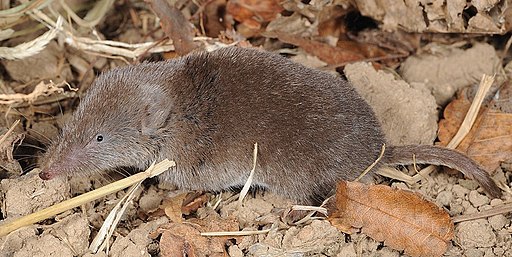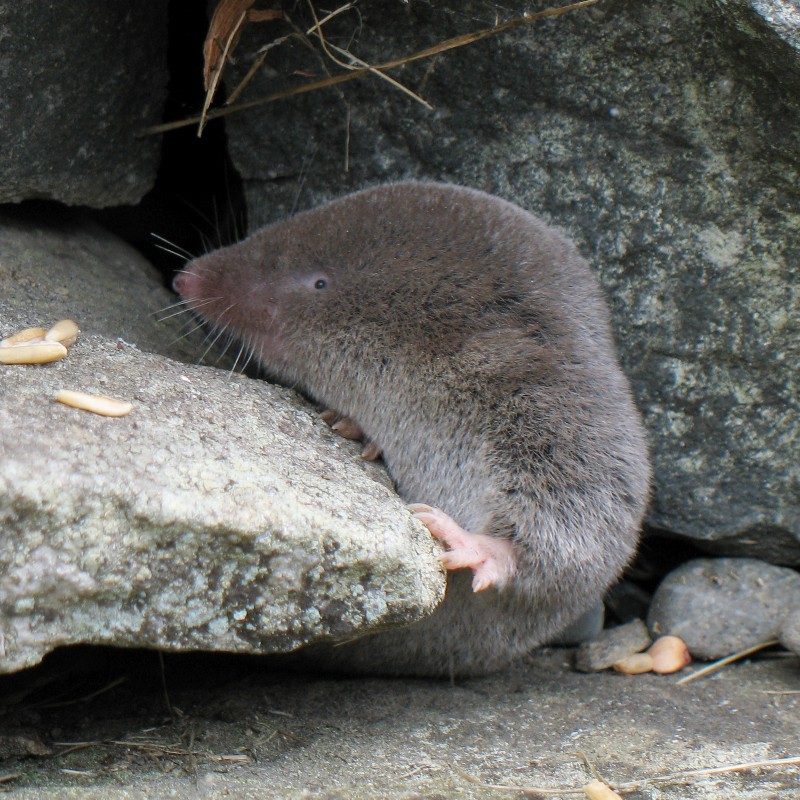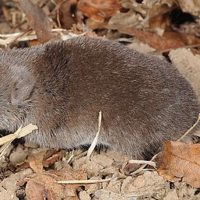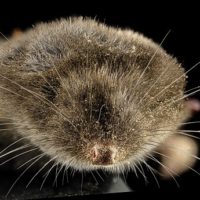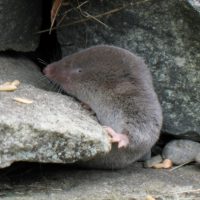Soricidae, the shrew family, contains more than 385 species. You can find a shrew species in just about any habitat. Several species of water shrews even take to streams. Eight species of shrews can be found in Maryland. If you can find them. While ubiquitous, they are rarely seen. Upon first glance, one may think shrews are rodents, they are not. They are voracious predators with venom to disable prey. Shrews are a fascinating family of animals that NHSM mammal curator, Steve Sheffield has been trapping and studying for more than 40 years. Recent field research involving shrews was an 8-year tornado blowdown study in western PA. and a study in West Virginia on arboreal behavior in salamanders to test whether or not heavy shrew predation is causing a “landscape of fear” for the salamanders such that they seek refuge in the trees.
In addition to his work at Bowie State and NHSM, Steve Sheffield holds Research Associate positions with Carnegie Museum of Natural History and National Museum of Natural History (Smithsonian Inst). Originally from upstate New York (Syracuse), Steve earned degrees from SUNY-Oswego (BA – Zoology), Appalachian Environmental Laboratory (Univ of Maryland; MS – Wildlife Ecology), and Oklahoma State University (Ph.D. – Zoology) along with a 2-year postdoc with Oak Ridge National Laboratory/EPA. He has also held faculty positions at Clemson University, George Mason University, and Virginia Tech.
Photo Credit By Gilles Gonthier from Canada – https://www.flickr.com/photos/46788399@N00/404639049/, CC BY 2.0, https://commons.wikimedia.org/w/index.php?curid=2036748
